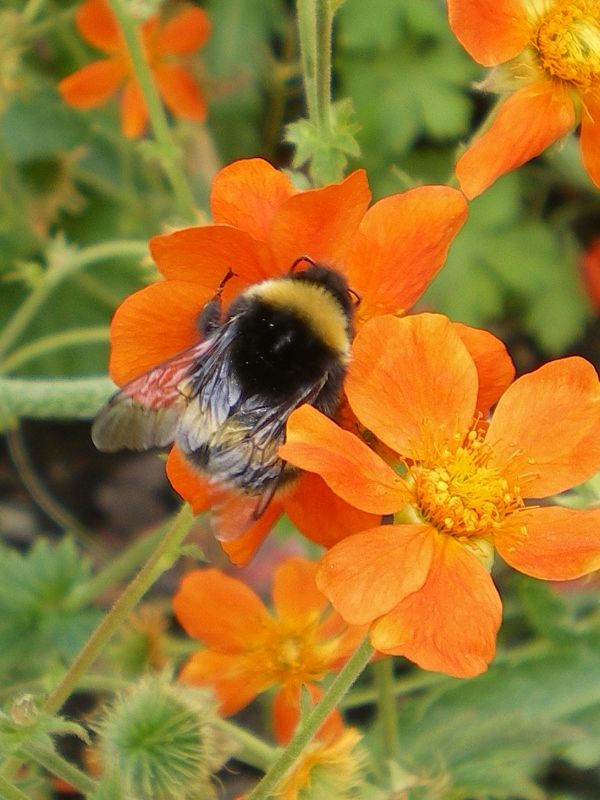Our workshop at the weekend was all about edible gardening in the greenest way possible.
Biodiversity
 We think that if well managed, wildlife and edible gardening can coexist. Gardens are a valuable habitat and should be alive with insects, birds and beasties. Of course encouraging wildlife means no chemicals – so what about pests and diseases? We think prevention is better than cure! Good gardening practises such as crop rotation can help prevent build up of pest and diseases.
We think that if well managed, wildlife and edible gardening can coexist. Gardens are a valuable habitat and should be alive with insects, birds and beasties. Of course encouraging wildlife means no chemicals – so what about pests and diseases? We think prevention is better than cure! Good gardening practises such as crop rotation can help prevent build up of pest and diseases.
Many common pests can be controlled with barriers. Last year our biggest problem was pigeons; the pesky birds stripped our freshly planted kale and left nothing but sad looking stalks. However, the kale soon recovered once we put up a bamboo and netting cage to keep the birds off. Download our wildlife in the edible garden for more useful tips about encouraging biodiversity and advice about pests and diseases.
Composting
Other good sustainable practice in the garden includes composting – the ultimate recycling. Garden waste is a valuable source of nutrients that will do wonders for your soil and of course your vegetable crop. Every vegetable garden needs a source of good organic matter – so why not make your own. You will be reducing the waste that goes to landfill too.
Water
Using water conservatively might seem like an odd concept in Scotland but we do have water shortages, and the rain doesn’t always fall where the most water is needed. Subsequent transportation is costly, both economically and environmentally. Similarly treating water uses lots of energy. We are reducing the treated water we use by attaching guttering and water butts to our shed in the edible garden. We’ll use the collected water on our lovely crops.
Of course this is just the beginning; I haven’t even mentioned peat free gardening, permaculture, organic gardening or companion planting! Next time….
For more ideas and inspiration go to Scottish National Heritage, Garden for Life
